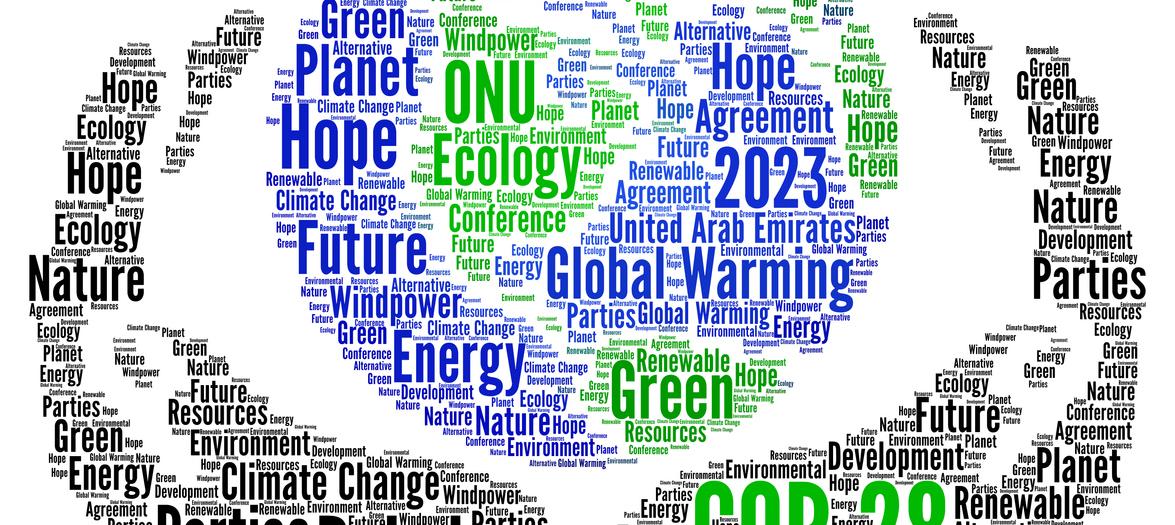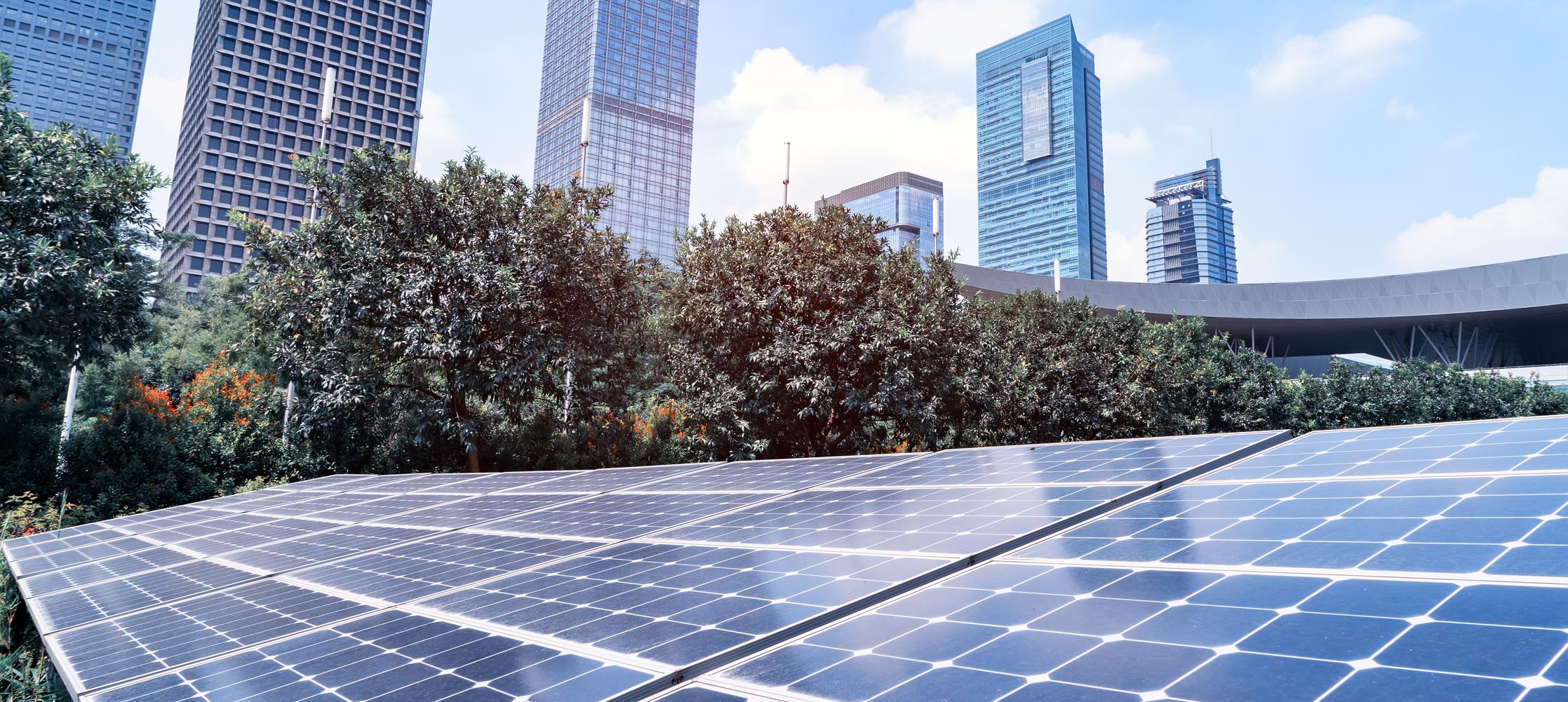-
https://climateinstitute.bmo.com/static/images/clock-icon.svg
5 Minute Read
-
Listen
-
Stop
-
Text Bigger | Smaller
After record-breaking heat in the summer, 2023 is on track to be the hottest year ever.
Sustainability Leaders podcast is live on all major channels including Apple, Google and Spotify.
A hotter world will reshape economies and industries
Cities, which house 4.4 billion people and comprise 80 percent of global GDP, are increasingly facing challenges associated with climate change, such as extreme heat.
Across North America, millions of people live in cities where extreme heat already occurs. And urban populations are growing. In the US and Canada, nearly 90 percent of residents will live in cities by 2050.
Cities are heat islands — they are hotter than surrounding areas because of heat-absorbing dark surfaces (buildings, roads, parking lots) and a proportional reduction in natural areas. As a result, the impacts of extreme heat are most concentrated where economic activity is highest and social costs are great.
Mind the extreme temperature gaps
A recent BMO Climate Institute and Climate Engine analysis examines this phenomenon in major U.S. and Canadian cities.
Canadian cities have some of the largest gaps between extreme temperatures in the urban core relative to the surrounding countryside.

From supply chains to prices at the pump
Extreme temperatures will have a pronounced effect on sectors critical to the low-carbon transition, such as power generation, agriculture, construction, and energy use in buildings, with potential knock-on effects to consumers.
We have already seen a glimpse of the economic impact. Cumulative losses attributed to heat-induced events are estimated to be between US$5 trillion to US$29 trillion globally between 1992 and 2013.
Supply-chain disruptions, power outages, transit delays, and infrastructure failure all become more likely under conditions of extreme heat.
Productivity can also diminish with each degree increase in heat. Looking ahead to 2030, the International Labour Organization estimates that 2 percent of total working hours worldwide could be lost annually due to extreme heat, eroding economic output by US$2.4 trillion.
High temperatures can hit closer to home as well. For instance, the cost of U.S. home energy in the summer is estimated to have increased 12 percent because of extreme temperatures. Heat-related refinery outages were also a factor contributing to increased U.S. gasoline prices this summer.
Miami-Dade County is one of the first places in the world to appoint an official dedicated to improving equitable community resilience to extreme heat. Jane Gilbert, chief heat officer for Miami-Dade County, has focused on encouraging more investment in retrofitting homes with energy efficient cooling systems and expanding tree planting and tree preservation efforts. “Both the tree planting and energy-efficient retrofits really help all of us transition to the cleaner energy economy and to address our urban heat islands,” she said on an episode of our Sustainability Leaders podcast.
North American extreme heat projections
Extreme temperatures—those above 32℃—are projected to happen more often, under multiple warming scenarios.

Business implications
Now is the time to plan for climate risks associated with extreme heat, especially for companies operating in, or doing business in, areas where extreme heat is projected to become increasingly common. While companies operating in some of the hottest areas today must prepare for more frequent heat events, it is also important for business leaders to identify where their operations might not have endured extreme heat historically but could begin to have an impact in the coming decades.
The 2023 BMO Climate Institute Business Leaders Survey showed that 34 percent of U.S. and Canadian respondents say that severe weather, including heat waves, are already impacting their businesses. In addition, 31% of respondents say operational disruptions are top of mind when it comes to climate change.
As they develop climate plans, business leaders will need to consider the impact of extreme heat across their entire value chain, including the effect on customers and employees. As part of an ambition to be its clients' lead partner in the transition to a net-zero world, BMO is committed to helping customers understand climate risk, is integrating best available climate science and geospatial analytics to inform how we support our clients and communities in which we operate, and is providing tools such as Climate Smart to help companies understand their carbon footprint and reduce emissions.
For more insights about climate risk, explore the following BMO Climate Institute publications:
Featured Publications

“It was a great privilege to be at COP28 representing BMO and helping advance the matter on c…

Corporate climate action appears to be reaching a new phase. More companies in the United States an…

BMO Arranges Green Financing to Fund New Lawson Centre for Sustainability, Trinity College's Mo…





